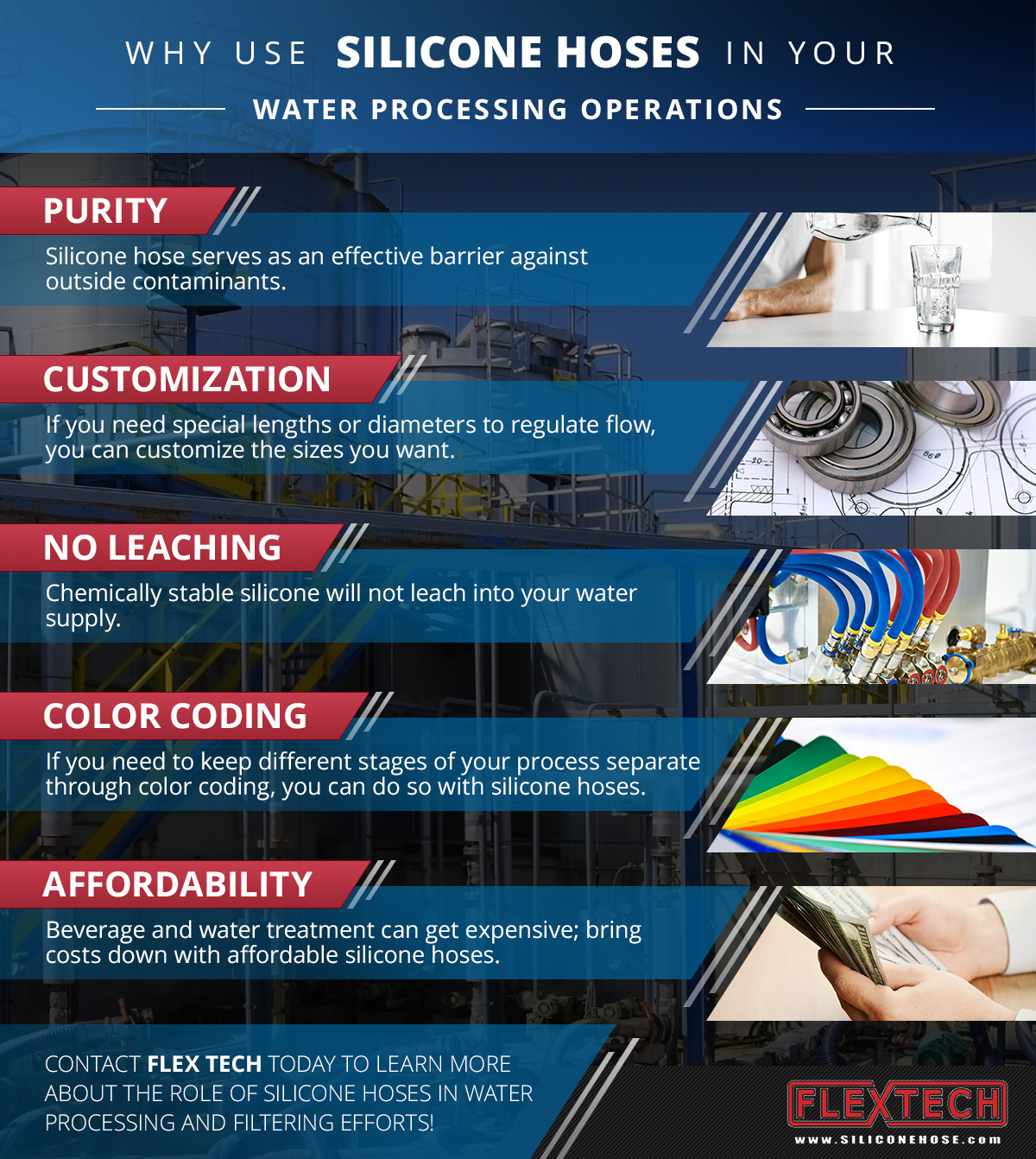
Water is essential for life. Without water, air, food, and sleep, we would not be able to live, quite simply. With water being so important, humans have come up with ways to keep our water supplies safe and sanitary.
Not only that, but in today’s world of bottled teas, sodas, spirits, and more, it’s very important to keep the water supply for these beverages clean and free of any contaminants. Consumers rely on bottled products that are pure, safe, and of the highest quality possible. Water processing plants and facilities need to ensure that no impurities enter into the liquids that we consume, for the sake of our health and wellness.
Treating And Filtering Water
Unlike our long-ago ancestors did, you can’t dip your hand into a river to scoop up water to drink straight from the source without experiencing some negative effects. At the very least, you’ll likely experience an upset stomach. In worst-case scenarios, you may ingest a bacteria or parasite that can lead to a life-threatening illness.
To avoid getting sick, we consume water and beverages that have been treated and filtered to remove anything that could harm us. The following are the basic steps involved in this process.
Removing Dirt Particles
Fresh water flows down streams and rivers and into lakes and reservoirs. As it moves along, it picks up bits of soil, rocks, plants, and other debris from the environment. Pollutants also end up in the water from manufacturing facilities and from human and animal activity in general.
When processing water, the first major step is removing all the debris that has fallen into the water, as well as any particles of dirt that have dissolved in. Removing larger pieces is easier to accomplish and fairly straightforward; getting rid of the dissolved dirt is a little trickier.
A common approach to removing dirt from water involves coagulation, flocculation, and sedimentation. Here’s a brief explanation of each of these steps:
- Coagulation: A substance is added to raw, untreated water to cause particles of dirt to stick together (coagulate).
- Flocculation: The heavier particles of dirt created through coagulation are called flocs; these can then be removed in the flocculation stage through settling or filtration.
- Sedimentation: Floc particles flow into sedimentation basins, where the flow of water is reduced so that these heavy particles can fall to the bottom and be piped away.
Filtering The Processed Water
Not every facility includes sedimentation as part of the process. In some plants, filtration takes care of removing clusters of dirt. Regardless, filtration is needed to remove all other types of particles from the water. Filters are pretty ingenious; they consist of layers of sand and gravel to collect and trap impurities that are suspended in water. These filters are cleaned routinely to remove the trapped particles and make room for new ones.
Destroying Bacteria And Other Hazards
What about all the potential health hazards in water that come in the form of bacteria, viruses, parasites, and other nasties? These are removed during the disinfecting stage. Chlorine works as an effective disinfectant, killing all forms of biological contamination found in the water, making it safe for everyone to drink.
Additional Considerations
Admittedly, this is a very basic look at the water processing and filtration steps. There’s a whole science to processing liquids, and additional considerations include the following:
- pH Correction: Not so much a concern for drinking purposes, the pH may need to be adjusted in some regions to ensure that water flowing through metal pipes will not corrode the plumbing in your home.
- Fluoridation: While controversial with some groups, fluoride is added to water in many communities to improve dental health.
- Distillation: Seawater can be converted into fresh drinking water through processes that involve either distillation or reverse osmosis methods.
- Algae: This form of aquatic plant life is found in water sources, and it needs to be removed through purification processes.
Silicone Hoses Work Well For Water Processing
Now that you’ve learned a little about how water filtration and processing works, it’s time to talk about how to transport fluids through water processing systems. Flex Tech’s clients who run processing plants and facilities opt for silicone hoses and tubing for some of the reasons outlined in the infographic below. If you’re ready to find out how silicone hoses can help you and your water or beverage filtration operations, get in touch with Flex Tech today!

 Default Currency
Default Currency
 Mexican Pesos
Mexican Pesos
 Canadian Dollar
Canadian Dollar


